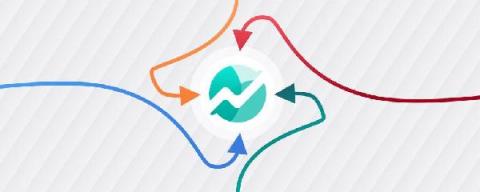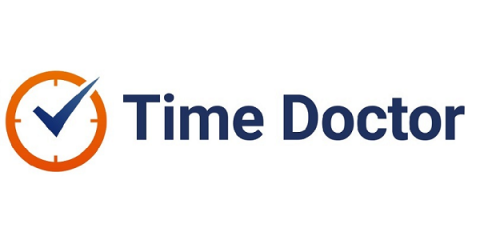Teams | Collaboration | Customer Service | Project Management
Blog
Why optimizing your resources is crucial to your agency's success
When you’re in an agency, you have limited resources to play with: limited time, limited money, and limited human power. No matter how great your best people are, they probably still have basic needs they need to take care of, like sleeping, eating, and watching Netflix. These types of limitations are a challenge for any business. But that challenge is amplified for agencies.
What Do Project Managers Do?
Every company has projects which are why there are so many project managers. However what do project managers do? And what exactly are the responsibilities of a project manager in a business? This is because the position of a creative project manager requires a person with all sorts of skills and traits. Another reason why these individuals are in demand is that there are project managers in every industry. Think about it. Let’s take IT as an example.
What is a Call Center Call Avoidance Policy & How to Draft It?
Call avoidance in call centers involves not attending customers’ phone calls intentionally. This can increase the average waiting time or number of calls your support team doesn’t attend and decrease customer satisfaction. Typical examples of call avoidance by agents include logging into voicemail to avoid a call, intentionally taking too long to record post-interaction work, taking excessive breaks, etc.
What is a dashboard - and does my business need one?
We don’t think it’s an overstatement to say that an effective dashboard can genuinely change how a business operates. We live in an age where even small companies can be sitting on millions of data points. Yet too often, valuable information goes unseen (or at least – unseen by the right people at the right time). Dashboards make sure your most important data – the data that can shape decisions and drive action – remain in sight and front of mind.
Spaces blast out of beta
Over the past few months, thousands of people have been using the Spaces beta to better organise conversations. To recap, Spaces rethink grouping rooms and people, fundamentally improving Element & Matrix to better group conversations instead of viewing all rooms all of the time. They come in three main flavours: Today, we’re incredibly excited to announce that Spaces are officially out of beta!
How A Hybrid Workforce Can Unlock New Operational Efficiency
Discover how hybrid work is helping organizations streamline operational efficiency as they move into a post-pandemic work environment. Find out how tech-oriented leaders are using software to track employee productivity and boost office productivity.
5 Key Benefits of Customer Satisfaction (and 3 Companies That Get It Right)
Customer satisfaction is the lifeline of any business. Improving customer service leads to more loyal customers, reduces churn, and increases sales. If you care about your customers (and your business!), you need to be making sure they’re satisfied with your offerings. Customer satisfaction is defined as how well your business meets, falls short of, or exceeds the expectations of your customers.
3 tips from Dr. Nicholas Bloom on how to implement a hybrid work policy
This article originally appeared on Inc. The evidence is clear—the future of work is hybrid. According to research by Gartner, 82% of company leaders plan to allow their employees to work remotely after the pandemic at least some of the time. Yet implementing a hybrid work policy is far from straightforward. Perhaps most concerning is the potential for hybrid workplaces to breed two tiers of workers, with those who come into the office less frequently relegated to lower status.
Virtual leadership: Managing sales teams remotely
In many ways, the pandemic has forced sales teams to become more efficient. Many teams have switched to a digital-first approach, which allows for more interactions on a daily basis. It also means spending less time and money on commuting and traveling. However, remote sales teams have a bigger hurdle when it comes to forging genuine human connections—and not just between sales representatives and customers, but also between one another.











